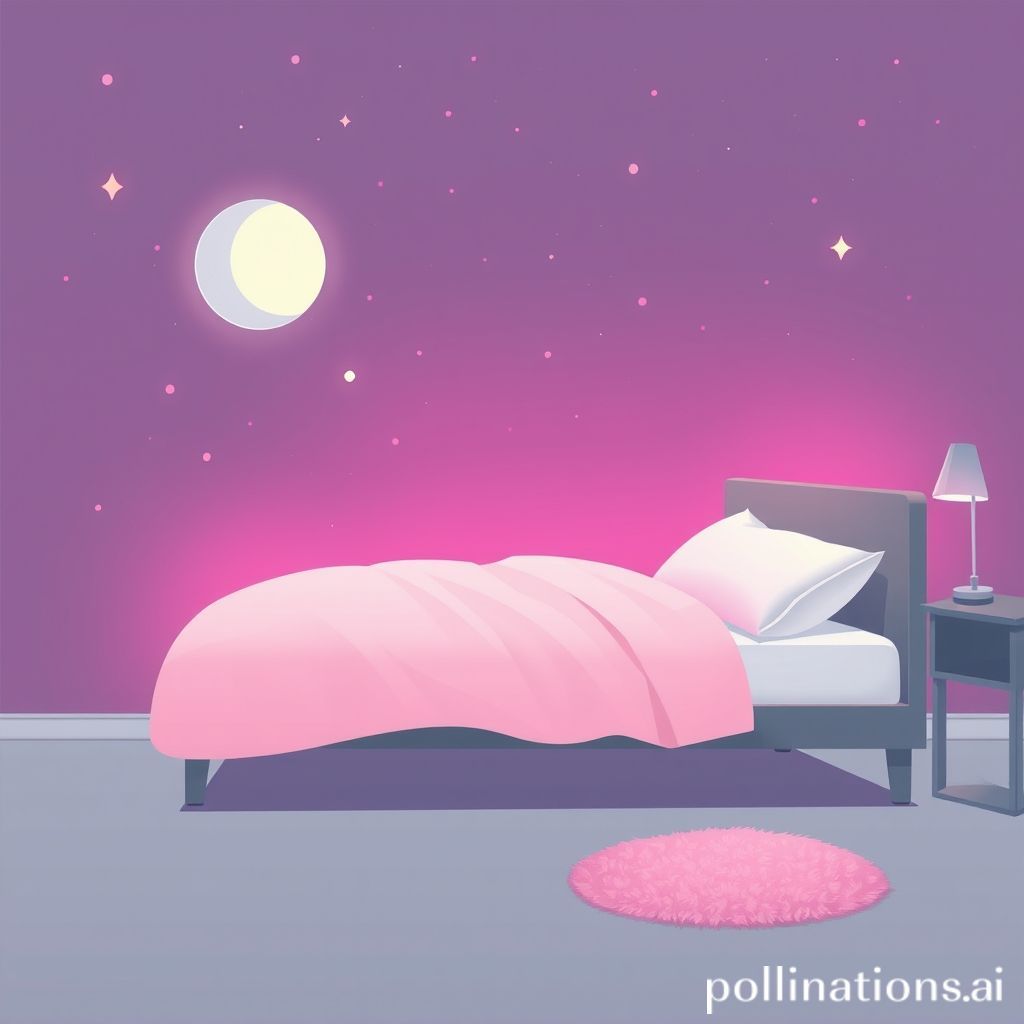Pink noise can help you sleep better, say experts — but what is it?

Pink noise can help you sleep better, say experts — but what is it?
Pink Noise: Your New Sleep Soundtrack?
Having trouble catching those elusive Zzzs? You're definitely not alone. Millions struggle with sleep issues, leading to daytime fatigue and a whole host of other problems. While there's no magic bullet, experts are increasingly pointing to a surprising sound solution: pink noise. But what exactly is pink noise, and how can it help you drift off to dreamland? Let's dive in.
Understanding the Sound Spectrum: From White to Pink
To understand pink noise, it helps to know where it fits on the sound spectrum. Think of it like a rainbow, but for sound. We have white noise, brown noise, and pink noise.
White Noise: Imagine the consistent hiss of a radio tuned to static or the hum of an air conditioner. White noise contains all frequencies at equal intensity. While it can be effective at masking disruptive sounds, some find it a bit harsh or overwhelming for extended use.
Brown Noise: This is a deeper, richer sound than white noise, with more emphasis on the lower frequencies. Think of a strong waterfall or a low rumble. Brown noise can be soothing for some, but its intensity might not be suitable for everyone.
Pink Noise: Now, here's where the magic happens for many sleepers. Pink noise is like white noise, but with a twist. It still contains all frequencies, but the intensity decreases as the frequency increases. This means the lower frequencies are louder, creating a more balanced and natural sound.
What Does Pink Noise Sound Like?
Instead of a harsh hiss, pink noise sounds more like a gentle rain, rustling leaves, or a steady heartbeat. Its balanced sound profile makes it less jarring than white noise, potentially making it more conducive to relaxation and sleep. The best way to understand it is to find a sound sample online and give it a listen.
How Pink Noise Helps You Sleep
So, what's the science behind the sleep-inducing power of pink noise?
Masking Disruptive Sounds: Like white noise, pink noise helps to mask those sudden, jarring sounds that can wake you up in the middle of the night such as a car alarm or a door slam. This creates a more consistent and predictable sound environment, reducing the chances of sleep disruption.
Brainwave Entrainment: Some studies suggest that pink noise may help to promote slower, more stable brainwave activity, which is associated with deeper stages of sleep. In essence, it might help your brain "switch gears" more easily into a restful state.
Improved Sleep Quality: By masking sounds and potentially influencing brainwave activity, pink noise can lead to overall improvements in sleep quality. This means you might experience longer periods of deep sleep and wake up feeling more refreshed.
The Research: What the Studies Say
Several studies have investigated the effects of pink noise on sleep. For example, a study published in the journal Frontiers in Human Neuroscience found that pink noise significantly improved sleep quality and memory recall in older adults. Another study, published in Sleep Medicine, showed that pink noise reduced brainwave complexity, leading to more stable sleep. While more research is always needed, the existing evidence is certainly promising.
Pink Noise vs. White Noise: A Comparison
Here's a quick comparison to help you decide which sound might be right for you:
| Feature | Pink Noise | White Noise |
||||
| Sound | Gentle rain, rustling leaves | Static hiss, air conditioner hum |
| Frequency | Lower frequencies emphasized | Equal intensity across all frequencies |
| Perceived Sound | More balanced and natural | Harsher and potentially overwhelming |
| Best For | Those sensitive to harsh sounds, promoting deeper sleep | Masking a wide range of distracting sounds |
How to Incorporate Pink Noise Into Your Sleep Routine
Ready to give pink noise a try? Here are a few tips:
Use a Pink Noise App or Sound Machine: Numerous apps and sound machines offer a variety of pink noise tracks. Experiment to find the sound that you find most soothing.
Set the Volume Appropriately: Start with a low volume and gradually increase it until it effectively masks disruptive sounds without being too loud.
Experiment with Duration: Some people prefer to play pink noise all night, while others find it helpful to use it just during the initial sleep onset period.
Combine with Other Sleep Hygiene Practices: Remember that pink noise is just one tool in your sleep toolbox. It's most effective when combined with other healthy sleep habits like maintaining a regular sleep schedule, creating a relaxing bedtime routine, and avoiding caffeine and alcohol before bed.
My Personal Experience
I initially dismissed the idea of using sound for sleep, thinking it was just another trend. But after struggling with inconsistent sleep for weeks, I decided to give pink noise a try. I was surprised at how quickly I adjusted to it. I found that it helped me fall asleep faster and stay asleep longer. I would not say it is a miracle cure, but pink noise is now a regular part of my bedtime routine.
If you're looking for a natural and potentially effective way to improve your sleep, pink noise might be worth exploring. Sweet dreams!
Sources
Papalambros, N. A., Santostasi, G., Klingelhoefer, L., Ebner, N. C., & Brandauer, R. (2017). Acoustic Enhancement of Sleep Slow Oscillations and Memory Consolidation in Older Adults. Frontiers in Human Neuroscience, 11*, 92.
Zhou, J., Chen, N., Cao, X., Li, Q., Yu, D., Zhao, X., Qu, W., Zhang, J., & Li, L. (2012). Pink noise: Effect on complexity and spectral measures of human brain dynamics during sleep. Sleep Medicine, 13*(6), 682 687.
Comments
Post a Comment